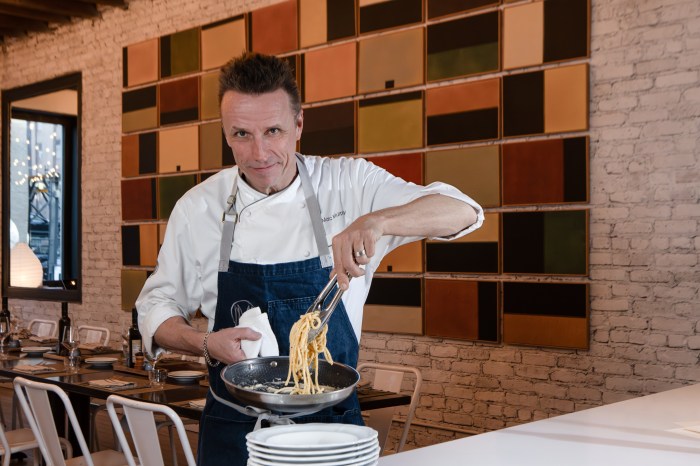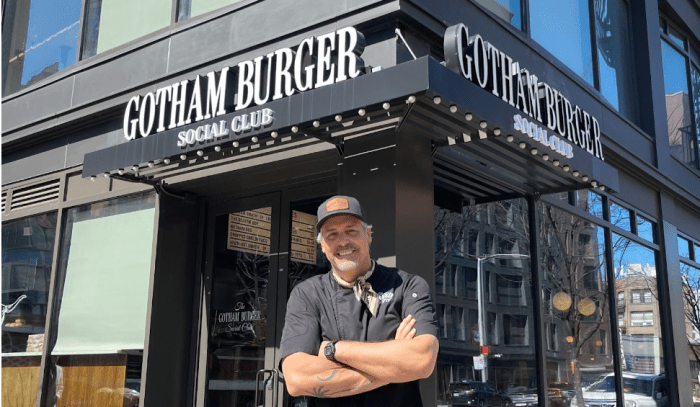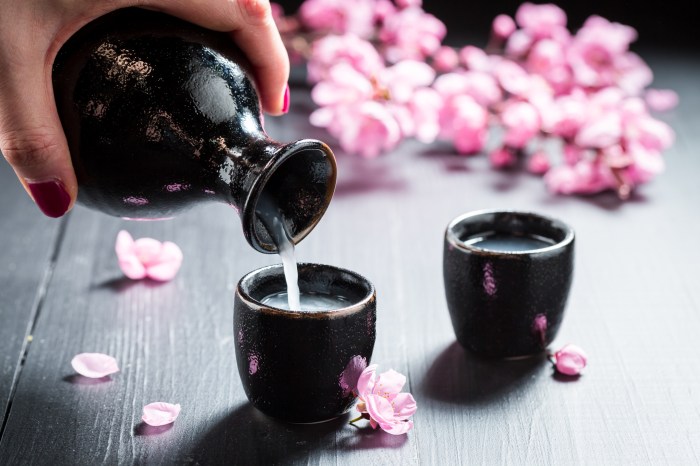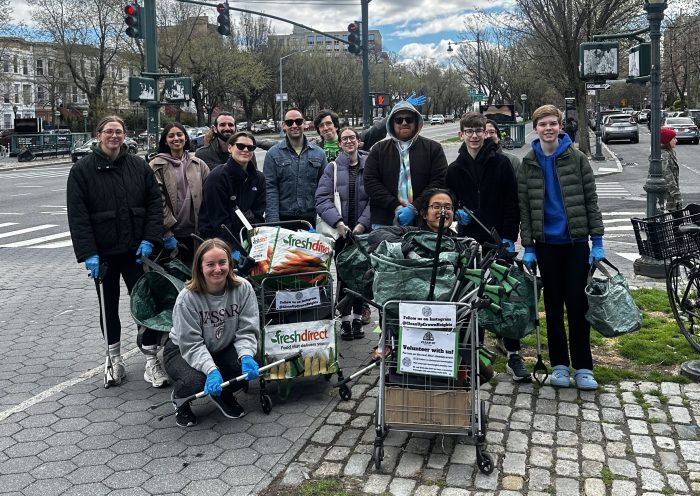As someone living with a severe nut and fish allergy, Sloane Miller has always found dining out to be challenging.
The NYC-based food allergy counselor was so dissatisfied with the resources available to people like her that she published her own guide, "Allergic Girl: Adventures in Living Well with Food Allergies," in 2011 to help others manage the daunting act of eating out.
“While I was busy being a young adult, all of these national nonprofits had sprouted up for children, but no one was discussing how to live well and communicate effectively with life-threatening food allergies as an adult,” Miller said. “Because I’ve lived with food allergies my entire life and have been dining out my entire life in New York, I had a wealth of experience on what to actually [do].”
Miller is among the 32 million Americans living with food allergies, as reported by the nonprofit Food Allergy Research & Education (FARE), and while her book may have helped pave the way for awareness on the topic, “we’re not where we need to be,” says FARE CEO Lisa Gable.
Part of the problem, as Miller highlights, is that guidelines released by organizations like FARE aren’t mandatory. “Everything is still voluntary — whether restaurants take training on, whether chefs take it on … or don’t,” she says.
Strategies for the diner
“Awareness of food allergies needs to begin well before the food is ordered or prepared,” Gable says. The FARE website lets visitors download and print cards for distribution that outline the foods they need to avoid.
But Miller believes verbal communication is key. “There are multiple people that you need to let know [about your allergy],” she says. “It is your job to broadcast your needs politely, clearly, concisely and discreetly at every course, every stage and to every person in order to get served a safe meal.” That includes the bartender.
It’s also up to the diner to know when to just avoid a restaurant, she says. “If I’m allergic to fish, there’s no way I’m going to go to a sushi restaurant and say ‘OK, I’m allergic to fish, make me something.’” At the same time, “On a busy Saturday night at 8:30 p.m., I can’t go in and expect everyone to be able to serve me well.”
Gable agrees: “Dining at off-peak hours can provide for a less stressful meal and may mean a bit more time and attention from staff.”
Websites like AllergyEats offer a resource for the hungry customer before even leaving home. Desperate for a way to manage eating out with three food-allergic children, CEO Paul Antico created the Yelp-like website in 2010 as a way for diners across the country to rate a restaurant based on how allergy-friendly it is. Ratings are generated by asking diners three allergy-focused questions that are then translated into a numeric score based on the site’s algorithm. Once a visitor finds a restaurant with a rating they are comfortable with, they can then book an OpenTable reservation directly from the site.
“Dining out is such a staple of American life,” Antico says. “So what I say to people is get used to eating with food allergies, get used to cooking at home and when you’re ready [to eat out] we’ll be here and you’ll get there.”
An influx of NYC searches prompted Antico to launch a new subset of the site last year, called AllergyEats NYC, which refines the way visitors search for Manhattan restaurants via a map that now splits the city into multiple parts: Uptown, Midtown/Times Square, Midtown south and Downtown.
“People come from out of town and say, ‘hey, we’re visiting the tree or we’re going to Macy’s or we’re going to see a show, where do we go out to eat?’ Well we can now help them with wherever they’re going, and not just say ‘here’s all of New York, figure it out,’” Antico said.
But with human error an inevitable factor, Antico advises diners to always prepare for the worst. “We’re not a panacea — we never want people saying ‘it was rated well on AllergyEats, so we can go and not bring our epinephrine.’”
The role of the restaurant
At Union Square Hospitality Group’s barbecue restaurant Blue Smoke, the team has been fine-tuning the way it handles guests with allergies since it opened more than 15 years ago. Now, guests can request a separate menu with indicators of the top allergens included in every dish.
“We’ve built what we call our allergy guide that we’re able to always have an updated version of to give to guests with allergies when they come in,” said assistant general manager Seth Frankle.
Blue Smoke also encourages diners to inform the restaurant of any food allergies ahead of time to allow the staff to prepare in advance.
“What we aim for is to have that conversation,” says Frankle. “Ultimately we’re letting them make decisions about their health by providing transparency about our process.”
At the fine-dining spot Indian Accent, where peanuts — a major allergen — graces the menu frequently, the restaurant takes similar precautions.
“The menu includes an additional notice to guests to inform us of any allergies and dietary restrictions,” said executive chef Manish Mehrotra. “Allergies are also highlighted on internal order slips to the kitchen to minimize chances of an allergy being overlooked or an error being made.”
As tedious of a project as it might be to accommodate diners with allergies, Antico, who worked in economics before launching AllergyEats, believes restaurants who don’t are doing more harm than good to their businesses.
“A big community of Americans have food allergies,” Antico says. “If [restaurants] go from not allergy-friendly to allergy-friendly, [they] can increase profits by a huge number. People are starting to get it.”

















